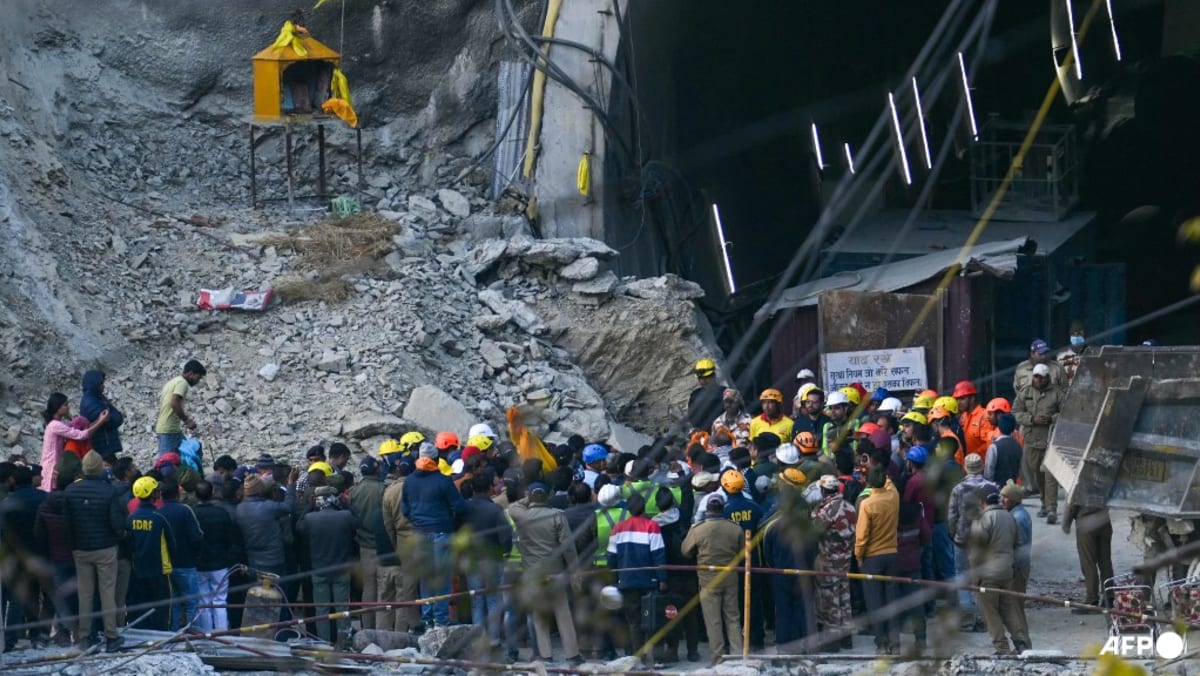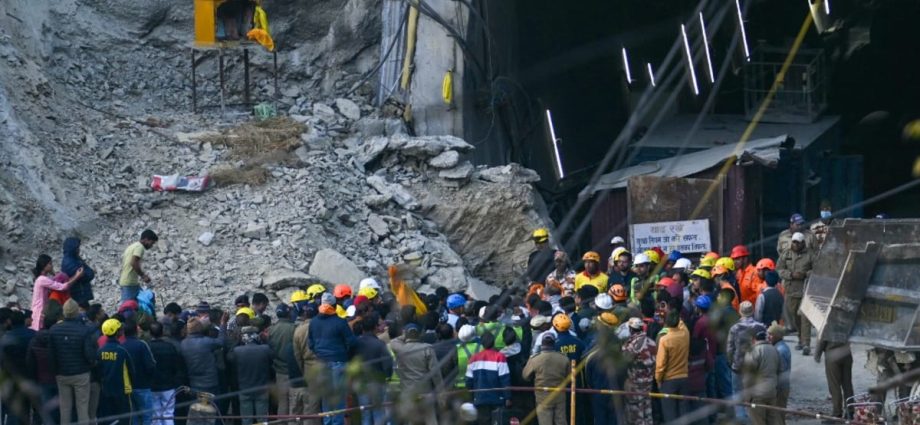
WHAT’S BEHIND NARENDRA MODI’S VISION?
The highway the workers were building was part of a giant new network meant to connect four revered mountain temples more than 3,000m above sea level. These hilltop shrines have long been major destinations for pilgrims – and are prized in part precisely because of their inaccessibility. But Prime Minister Narendra Modi, whose populist politics often blends religious symbolism and large-scale development projects, was determined to build a 900km network of motorways so the temples could be reached all year round.
It isn’t just populism at work, though: The fact that India’s giant northern neighbour has built a dense supportive infrastructure alongside its side of the disputed border is another motivation. Indian and Chinese troops have regularly clashed in the Himalayas, and relations have deteriorated sharply since 20 Indian soldiers were killed in one such skirmish in 2020.
When India’s Supreme Court intervened to reduce the width of some new stretches of mountain road, the defense ministry insisted that they needed to be at least 10m wide, presumably so that they could more effectively ferry troops and armor to the border. India is at a disadvantage here: Its side of the border is jagged, rough country. Chinese troops, meanwhile, have a smoother ride up to their side, since it’s relatively easier to built roads and rail on the Tibetan plateau.
Finally, the need to diversify energy sources away from fossil fuels has pushed Indian authorities into building and expanding hydroelectric projects elsewhere in the Himalayas, particularly in the country’s northeast.

